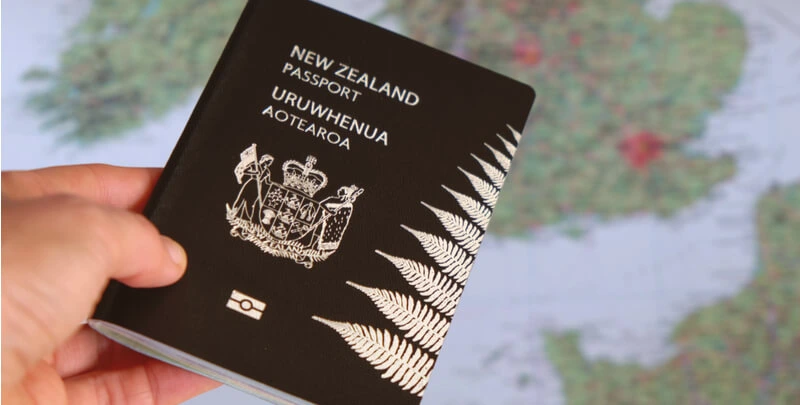Elisa stands for enzyme-linked immunosorbent assay. It refers to a technique that helps detect antigens in biological samples. Like other types of immunoassays, Elisa depends on detecting a target antigen using specific antibody-antigen interactions.
Elisa assays allow multiple samples to be tested in a single experiment as they occur in 96 healthy plates. These plates are special absorbent plates that ensure the antibody sticks to the surface. There are different kits for a variety of antigens that are widely available on the market.
Source: Pixabay
Different types of Elisa
There are four different types of Elisa, with each of them having unique suitability, advantages, and disadvantages. The Elisa kit manufacturers must meet the strict quality control standards and provide the best performance and consistency. Here are the four different types of Elisa: Once go through the methods how to do elisa.
Direct Elisa
These are the simplest forms of Elisa. They are direct ELISA as only one antibody applies for the detection process. Cross-reactivity is reduced between other antibodies indirect Elisa as only one antibody is used. Each of the primary antibodies used in the arrays needs labeling with different enzymes. It increases the cost and the time required to produce them.
Indirect Elisa
They require two antibodies to be used during the detection stage and involve a two-step process, which increases the time involved in carrying out the assays. The antigen is coated on a plate first, and then the primary antibody is introduced to the wells. If the antigen is present in the wall, then the primary antibody will bind with it. Then the second antibody will be introduced, which has been labeled previously with an enzyme for detection. Now, the secondary antibody will bind with the primary antibody to form the antibody.
Competitive Elisa
It is also known as inhibition of Elisa. Each of the Elisa, as mentioned earlier, is adaptable to the competitive format. It follows the principle that a sample antigen of interest and a fusion enzyme of the same antigen will compete for limited numbers of specific antibody binding sites.
Additionally, there is another method where the antibody competes for target sites on the antigen precoated to the plate.
Sandwich Elisa
It is the most recognized form of Elisa, and as the same suggests, the antigen of interest mixes between two separate antibodies. The two antibodies are generally referred to as matched antibody pairs. In this form, one antibody is coated on the plate surface. It is then used as a capture antibody to ease the obstruction of the antigen. The other antibody connects and facilitates the detection of antigen.
Source: Pixabay
Conclusion
The production of the Elisa kit strongly depends on the optimization process during development. The steps include:
- Selecting the antibody pairs carefully for stellar performance
- Testing cross-reactivity and interference with a few related factors
- Formulating the diluents to elevate interferences
- Following the standards set down by NIBSC/WHO when available
- Testing the performance with all the samples
With a thorough analysis of each of the steps mentioned above, Elisa is produced.




